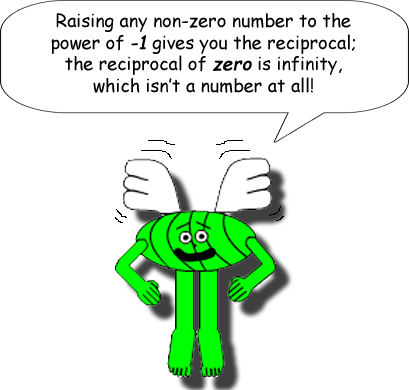
| Complex Number A | Complex Number A-1 | Complex Number B | Complex Number B-1 |
| 1 + i | 1/2 - 1/2i | 1 - i | 1/2 + 1/2i |
| 2 + 2i | 1/4 - 1/4i | 2 - 2i | 1/4 + 1/4i |
| 3 + 3i | 1/6 - 1/6i | 3 - 3i | 1/6 + 1/6i |
| 4 + 4i | 1/8 - 1/8i | 4 - 4i | 1/8 + 1/8i |
| 5 + 5i | 1/10 - 1/10i | 5 - 5i | 1/10 + 1/10i |
| 6 + 6i | 1/12 - 1/12i | 6 - 6i | 1/12 + 1/12i |
| 7 + 7i | 1/14 - 1/14i | 7 - 7i | 1/14 + 1/14i |

(½ + ½i)-1 = 1 - i
(½ - ½i)-1 = 1 + i
(1/3 + 1/3i)-1 = 1½ - 1½i
(1/3 - 1/3i)-1 = 1½ + 1½i
(√(2) + √(2)i)-1 = 1/(2√(2)) - 1/(2√(2))i
(√(2) - √(2)i)-1 = 1/(2√(2)) + 1/(2√(2))i
(π + πi)-1 = 1/(2π) - 1/(2π)i
(π - πi)-1 = 1/(2π) + 1/(2π)i


Back to Index Page Back to Math Trick Menu
© Derek Cumberbatch